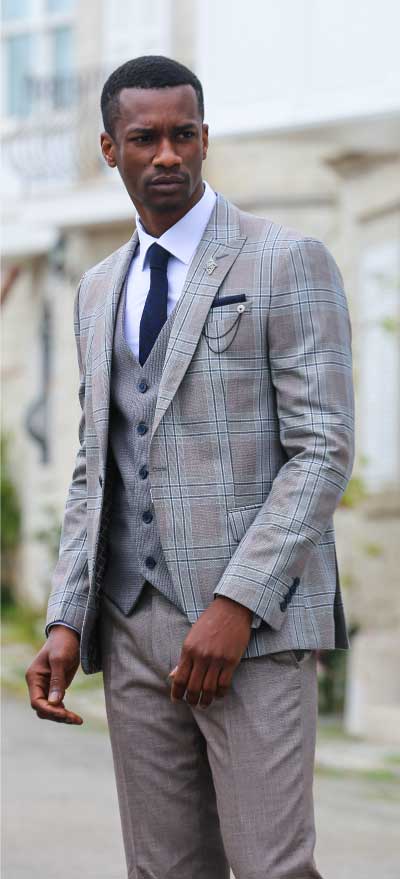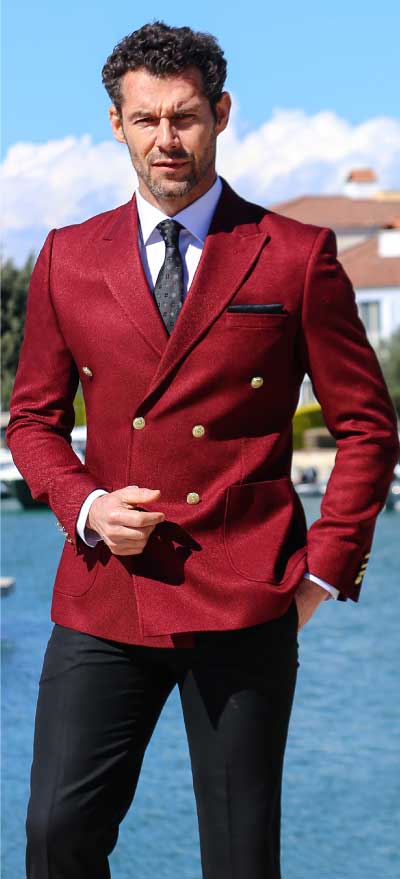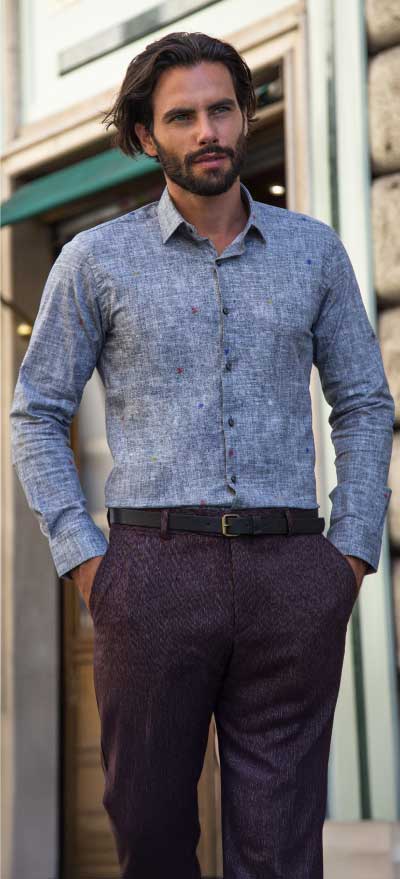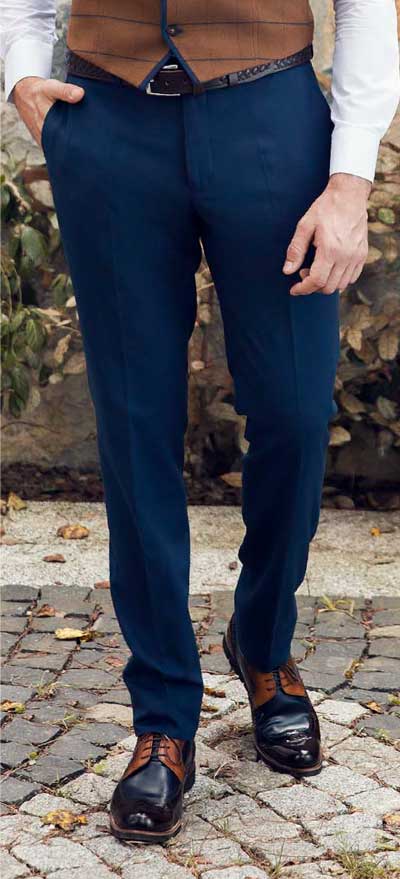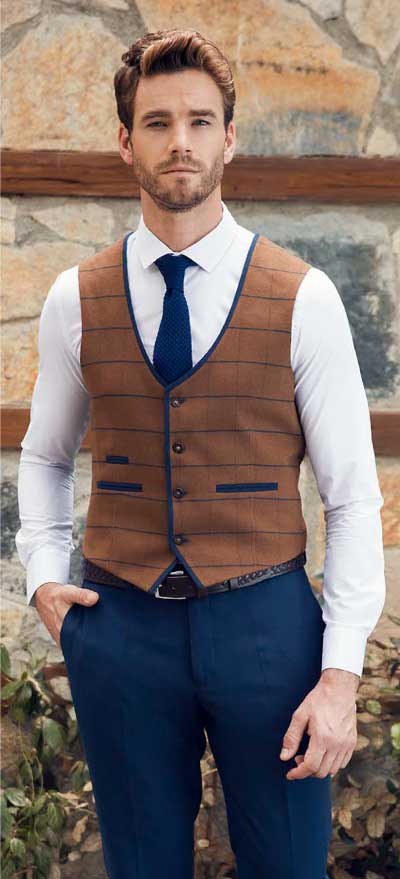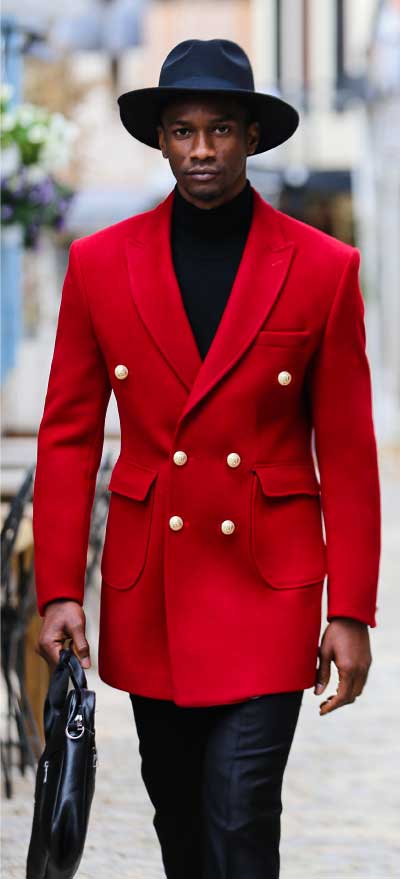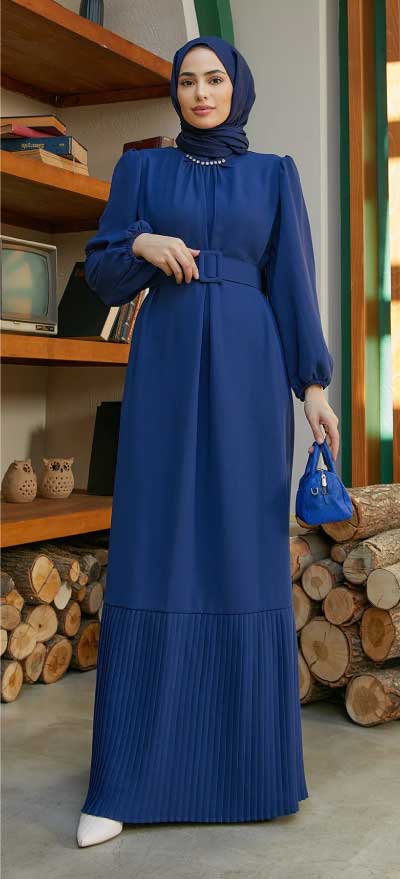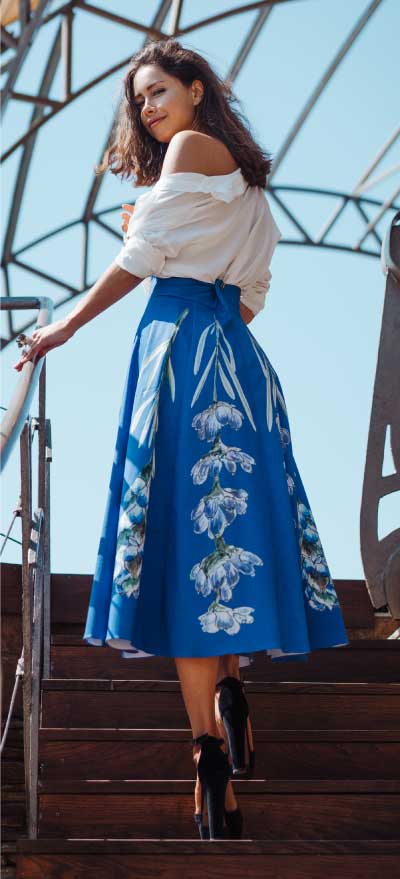How to Choose the Right Wholesale Men's Clothing for Your Audience
How to Choose the Right Wholesale Men’s Clothing for Your Audience
Why Understanding Your Audience Is Key to Wholesale Success
In the men’s fashion industry, stocking the right products can mean the difference between a thriving business and unsold inventory. Every retail audience has unique preferences—some value timeless elegance, while others look for trend-driven streetwear. Choosing wholesale men’s clothing strategically ensures your offerings align with your customers’ tastes, budgets, and lifestyles. With the help of trusted suppliers like Clothing Supplier, retailers can select bulk apparel that matches demand and strengthens brand identity.
1. Identify Your Target Customer
Before choosing inventory, understand who you’re selling to. Ask key questions:
-
Are they professionals looking for formalwear or young men shopping for casual looks?
-
Do they prioritize quality and craftsmanship or affordability and versatility?
-
What are their age range, income level, and fashion interests?
By defining your audience, you can focus on the right product mix—classic suits, everyday basics, or trendy streetwear.
2. Choose Styles That Match Lifestyle Needs
Different audiences dress for different purposes. For example:
-
Corporate and Business Clients: Opt for blazers, suits, dress shirts, and tailored trousers in neutral tones.
-
Casual Consumers: Stock jeans, polos, and T-shirts made from comfortable fabrics.
-
Young Trendsetters: Include oversized shirts, graphic tees, and joggers that reflect streetwear trends.
Clothing Supplier offers wholesale collections across these categories, allowing you to tailor your stock to your audience’s lifestyle.
3. Focus on Quality and Fabric Selection
Men’s fashion customers often value durability and feel. Choose fabrics that balance comfort with longevity—cotton for shirts, wool blends for suits, and stretch denim for jeans. High-quality materials make a lasting impression and increase repeat purchases, even when bought in bulk.
4. Pay Attention to Fit and Size Range
Men’s clothing fits vary significantly across markets. European customers may prefer slim fits, while Middle Eastern or American shoppers often lean toward regular or relaxed fits. Stocking a wide size range ensures inclusivity and minimizes lost sales opportunities. Reliable wholesalers like Clothing Supplier maintain consistent sizing, making reorders easy and dependable.
5. Stay Updated with Seasonal Trends
Men’s fashion changes every season. Stay ahead by monitoring color trends, patterns, and fabrics:
-
Spring/Summer: Lightweight suits, linen shirts, chinos, and short-sleeve polos.
-
Fall/Winter: Wool coats, sweaters, darker-toned trousers, and blazers.
Keeping your wholesale orders aligned with seasonal trends ensures your store stays fresh and relevant.
6. Balance Trendy Pieces with Timeless Classics
While it’s important to follow trends, always balance them with staples that never go out of style—like white shirts, navy blazers, and black trousers. Trendy pieces bring attention; classics bring steady sales. Combining both gives your store versatility and long-term appeal.
7. Consider Your Price Positioning
Knowing your customers’ spending habits helps determine which wholesale price range suits your business. Partner with a supplier offering flexible bulk pricing and quality options at different levels. Clothing Supplier provides scalable solutions that cater to both boutique retailers and large department stores.
8. Showcase Versatility in Merchandising
When displaying your wholesale men’s clothing, mix formal and casual styles to inspire shoppers. For example, a blazer paired with jeans demonstrates flexibility and increases the perceived value of each item. This approach encourages multiple-item purchases while reflecting modern men’s fashion habits.
Conclusion: Smart Buying Builds Strong Retail Brands
Choosing the right wholesale men’s clothing isn’t just about trends—it’s about knowing your audience. By understanding customer needs, focusing on quality, offering diverse fits, and staying seasonal, retailers can build collections that sell consistently. With dependable partners like Clothing Supplier, stores gain access to high-quality men’s apparel that matches their audience perfectly—turning strategic buying into lasting retail success.




